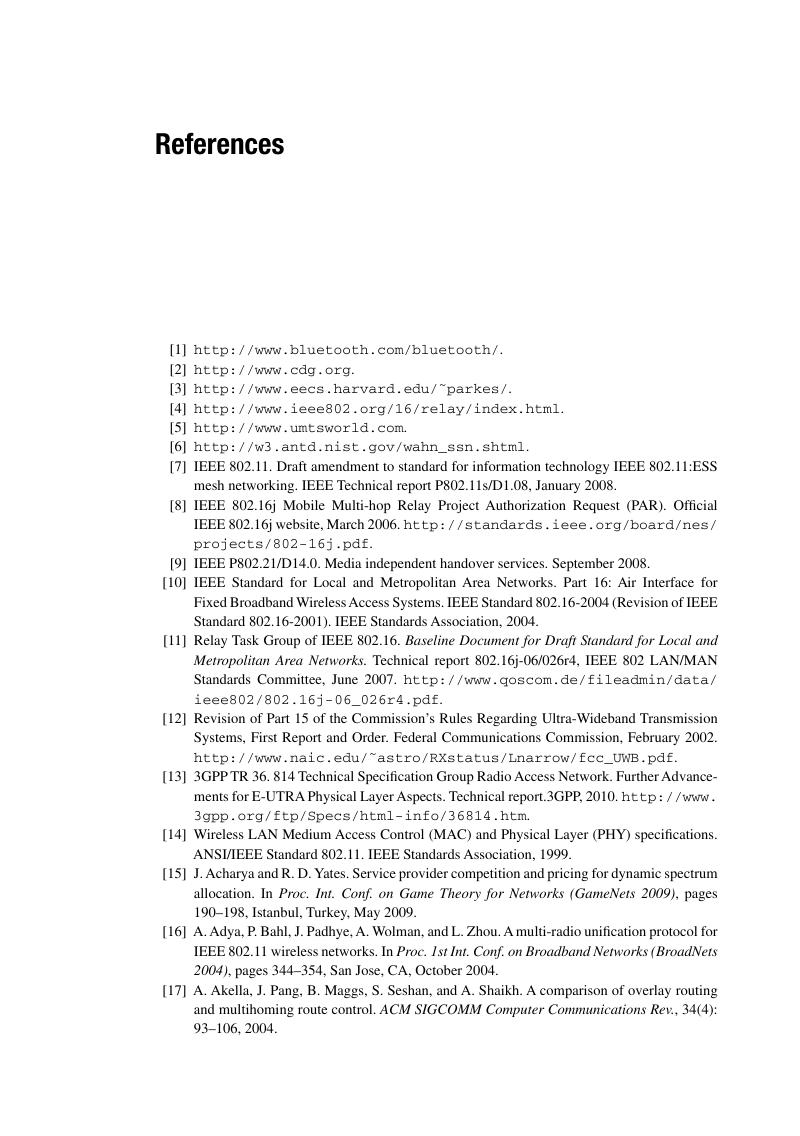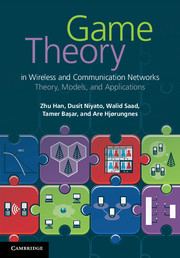References
Published online by Cambridge University Press: 25 October 2011
Summary

- Type
- Chapter
- Information
- Game Theory in Wireless and Communication NetworksTheory, Models, and Applications, pp. 501 - 529Publisher: Cambridge University PressPrint publication year: 2011



